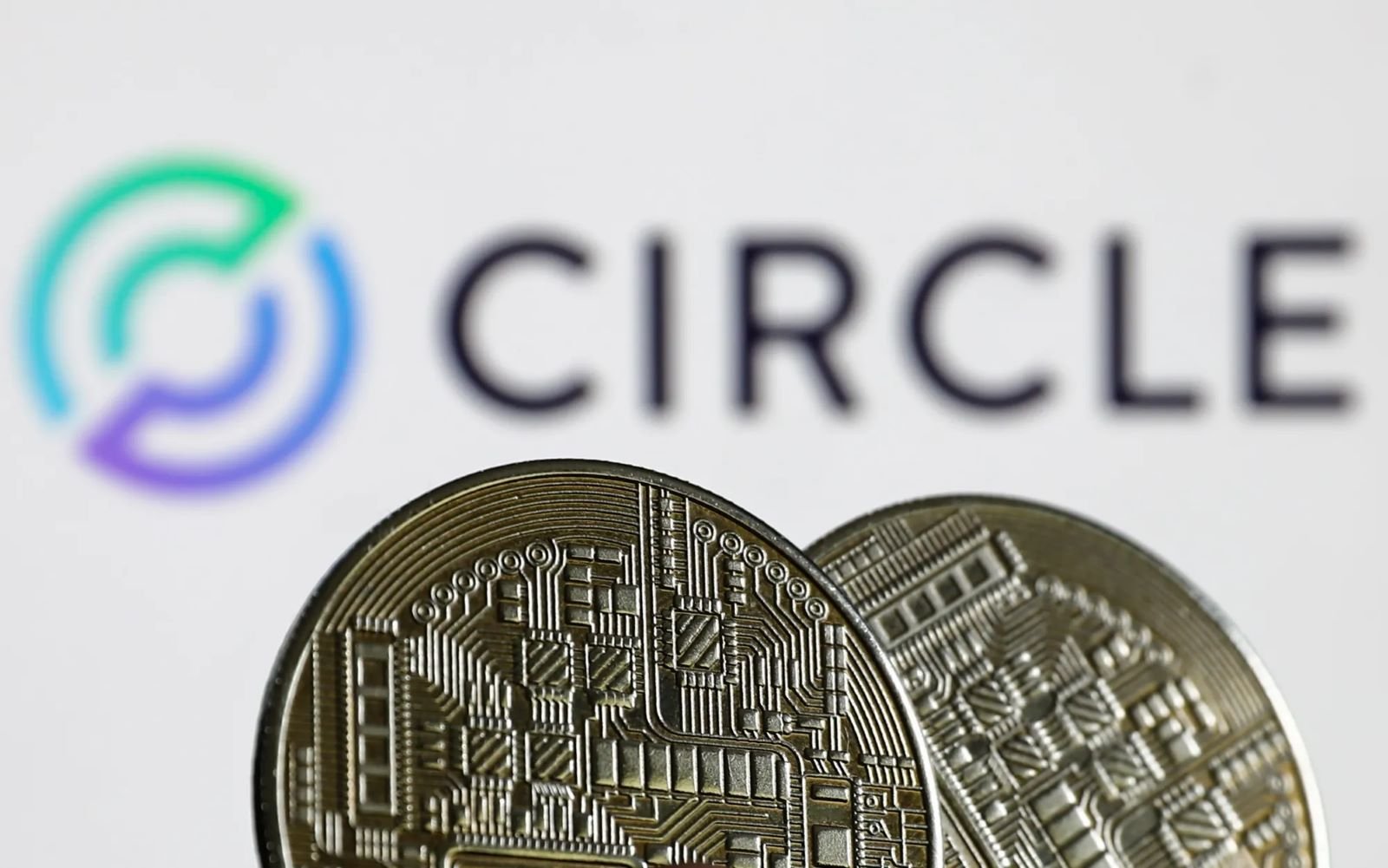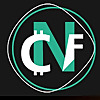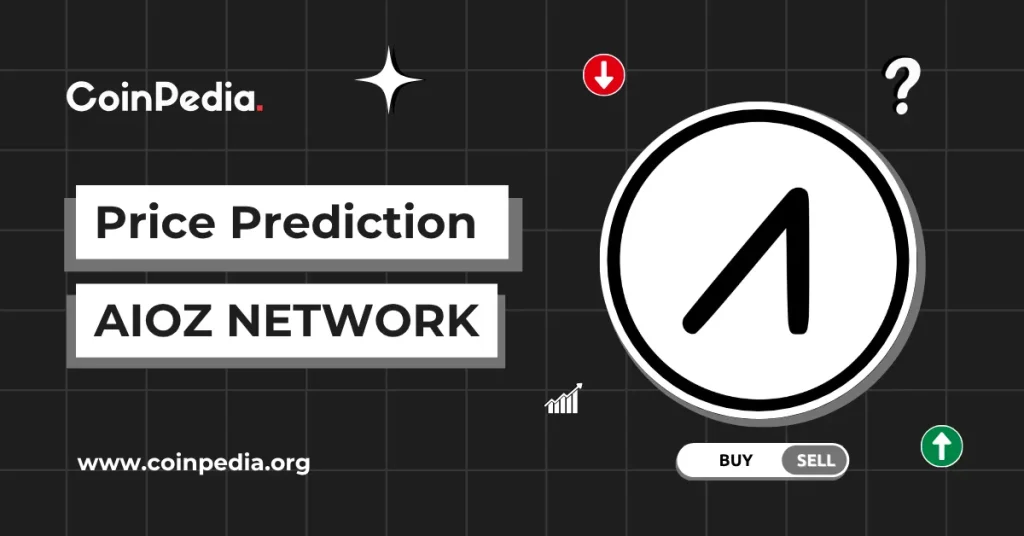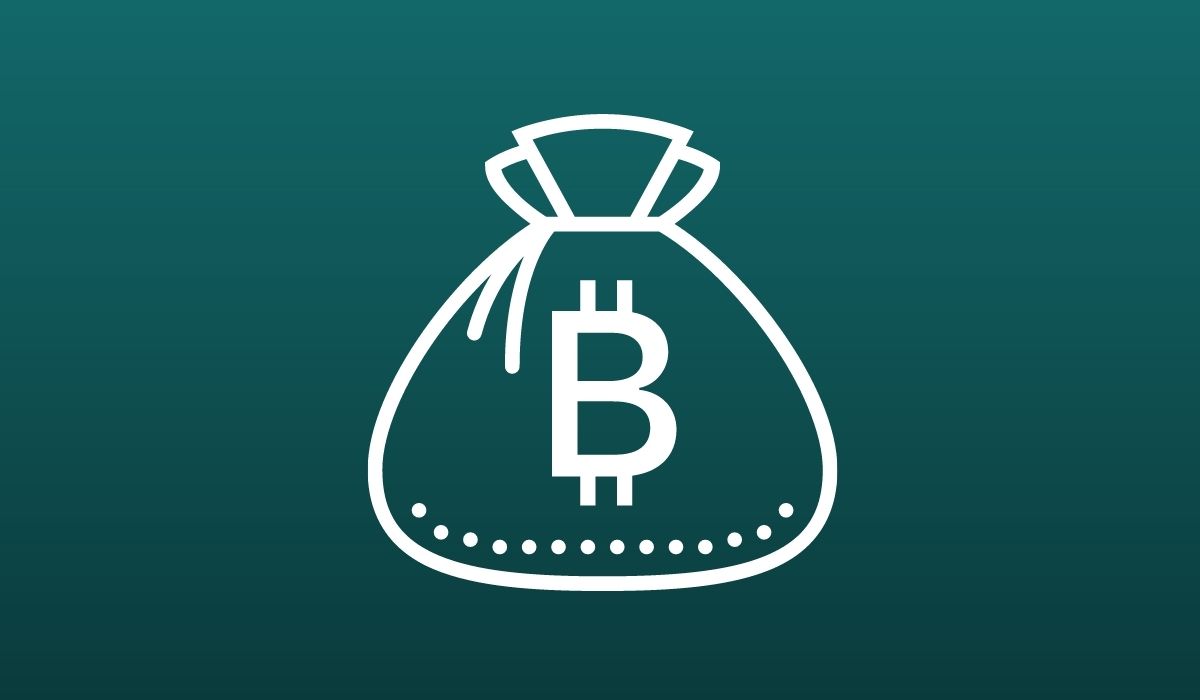ARTICLE AD BOX

- Circle lets financial institutions set custom rules for USDC transactions without breaking network interoperability.
- CPN enforces compliance automatically, filtering out ineligible transactions before processing begins.
Circle offers a advanced payment infrastructure through operational rules on the Circle Payments Network (CPN). Through this approach, Circle gives financial institutions the flexibility to set their own internal policies when processing USDC payments, without having to get caught up in the complexity of negotiating or reintegrating every time the rules change.
Imagine if a bank only wanted to process transactions from a certain country, or a fintech wanted to limit it to B2B only. All of this can be set directly on the network, without the hassle of opening legal documents or rewriting technical scripts.
Rules can be set based on location, transaction type, institution type, and even credential level. And interestingly, transactions that do not comply are immediately rejected before they have a chance to go through—like a door that automatically closes itself if a visitor doesn’t have an entrance ticket.
Circle Payments Network (CPN): Building Better Payment Infrastructure
Speed and scale are not enough.
Institutional payments need programmable guardrails that reflect risk, policy, and business rules.
Once accepted into the network, institutions can set real-time filters… pic.twitter.com/e1UVCLagks
— Circle (@circle) July 7, 2025
Strict Entry, Flexible Control: Inside the CPN Setup
Before an institution can enter the CPN network, they must pass a fairly strict screening process. Circle is serious about this. Starting from legal documents, ownership structure, official licenses, security standards, to financial conditions—everything is checked. These credentials are then stored on-chain and can be accessed by other institutions for validation. It’s like a digital business card with an unforgeable trust seal.
Once logged in, each institution can create operational rules that suit their needs and internal policies. No more long debates or tiring negotiations to synchronize rules between platforms. On the one hand, this makes the CPN network more flexible and resilient to regulatory changes. On the other hand, it also saves a lot of time and money, especially for those who often operate across countries.
Not only that, these rules also open up opportunities for transaction personalization that have been difficult to achieve with traditional payment systems.
For example, companies can set automatic transaction limits to avoid excessive exposure, or activate certain policies when liquidity in a particular region is low. All of this runs automatically, in real time, and can be clearly audited.
New Circle Features Make Cross-Chain USDC Easier Than Ever
On the other hand, in the past few months, they have also launched various features that enhance the USDC stablecoin ecosystem. Among them, Circle Mint now allows instant euro to USDC conversion for fintech and PSPs in the European region.
The process runs 24 hours non-stop, and of course, with a competitive exchange rate. This could be a quick fix for digital entrepreneurs who want to enter the stablecoin world without getting caught up in bank red tape.
Furthermore, there is also Circle Gateway—a feature that simplifies the use of USDC across networks. With just one integration, developers can get USDC liquidity across blockchains without having to pre-fund multiple networks separately. It’s like a single wallet, but for all networks at once. It’s practical, time-saving, and clearly much needed by Web3 players.
And don’t forget the latest version of CCTP (V2) that launched last June on Unichain. This version brings improvements in USDC transfer speeds, as well as new automation features like Hooks. CCTP V2 relies on a burn-mint model, which helps reduce liquidity fragmentation between networks. In essence, sending USDC anywhere just got a lot more efficient.
.png)
 4 hours ago
2
4 hours ago
2








 English (US)
English (US)